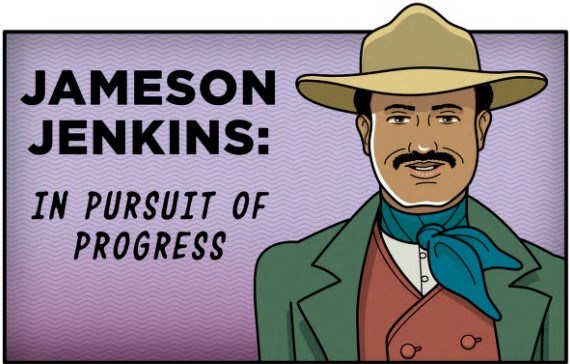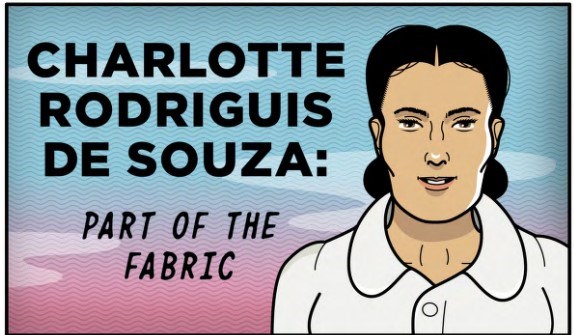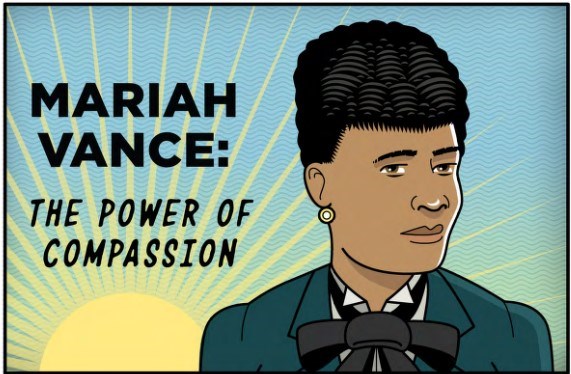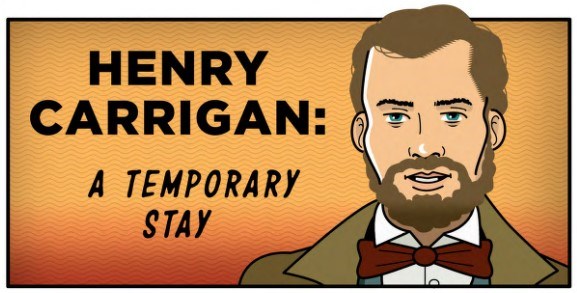
NPS This self guided exhibit is open daily from 9:00 AM - 4:30 PM in the Corneau house, across from the Lincoln home. 
NPS 
NPS 
NPS 
NPS 
NPS 
NPS |
Last updated: February 14, 2024

NPS This self guided exhibit is open daily from 9:00 AM - 4:30 PM in the Corneau house, across from the Lincoln home. 
NPS 
NPS 
NPS 
NPS 
NPS 
NPS |
Last updated: February 14, 2024